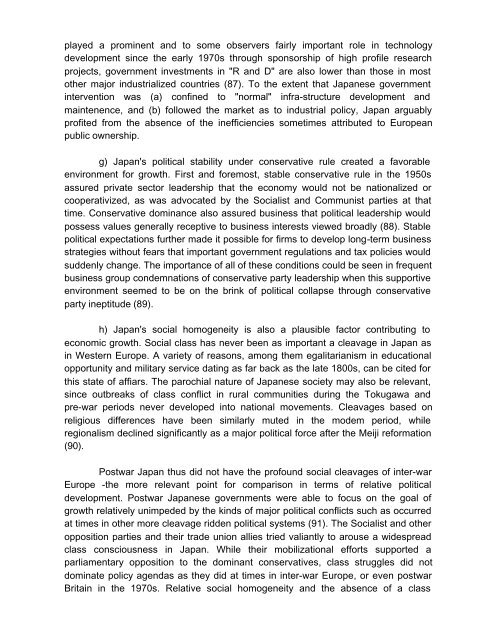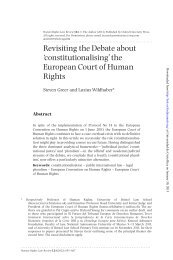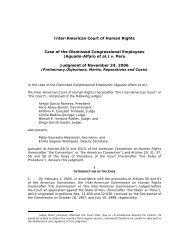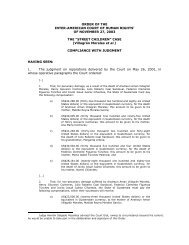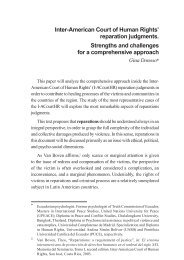The Political Economy of Japan Bradley M. RICHARDSON
The Political Economy of Japan Bradley M. RICHARDSON
The Political Economy of Japan Bradley M. RICHARDSON
- No tags were found...
Create successful ePaper yourself
Turn your PDF publications into a flip-book with our unique Google optimized e-Paper software.
played a prominent and to some observers fairly important role in technologydevelopment since the early 1970s through sponsorship <strong>of</strong> high pr<strong>of</strong>ile researchprojects, government investments in "R and D" are also lower than those in mostother major industrialized countries (87). To the extent that <strong>Japan</strong>ese governmentintervention was (a) confined to "normal" infra-structure development andmaintenence, and (b) followed the market as to industrial policy, <strong>Japan</strong> arguablypr<strong>of</strong>ited from the absence <strong>of</strong> the inefficiencies sometimes attributed to Europeanpublic ownership.g) <strong>Japan</strong>'s political stability under conservative rule created a favorableenvironment for growth. First and foremost, stable conservative rule in the 1950sassured private sector leadership that the economy would not be nationalized orcooperativized, as was advocated by the Socialist and Communist parties at thattime. Conservative dominance also assured business that political leadership wouldpossess values generally receptive to business interests viewed broadly (88). Stablepolitical expectations further made it possible for firms to develop long-term businessstrategies without fears that important government regulations and tax policies wouldsuddenly change. <strong>The</strong> importance <strong>of</strong> all <strong>of</strong> these conditions could be seen in frequentbusiness group condemnations <strong>of</strong> conservative party leadership when this supportiveenvironment seemed to be on the brink <strong>of</strong> political collapse through conservativeparty ineptitude (89).h) <strong>Japan</strong>'s social homogeneity is also a plausible factor contributing toeconomic growth. Social class has never been as important a cleavage in <strong>Japan</strong> asin Western Europe. A variety <strong>of</strong> reasons, among them egalitarianism in educationalopportunity and military service dating as far back as the late 1800s, can be cited forthis state <strong>of</strong> affiars. <strong>The</strong> parochial nature <strong>of</strong> <strong>Japan</strong>ese society may also be relevant,since outbreaks <strong>of</strong> class conflict in rural communities during the Tokugawa andpre-war periods never developed into national movements. Cleavages based onreligious differences have been similarly muted in the modem period, whileregionalism declined significantly as a major political force after the Meiji reformation(90).Postwar <strong>Japan</strong> thus did not have the pr<strong>of</strong>ound social cleavages <strong>of</strong> inter-warEurope -the more relevant point for comparison in terms <strong>of</strong> relative politicaldevelopment. Postwar <strong>Japan</strong>ese governments were able to focus on the goal <strong>of</strong>growth relatively unimpeded by the kinds <strong>of</strong> major political conflicts such as occurredat times in other more cleavage ridden political systems (91). <strong>The</strong> Socialist and otheropposition parties and their trade union allies tried valiantly to arouse a widespreadclass consciousness in <strong>Japan</strong>. While their mobilizational efforts supported aparliamentary opposition to the dominant conservatives, class struggles did notdominate policy agendas as they did at times in inter-war Europe, or even postwarBritain in the 1970s. Relative social homogeneity and the absence <strong>of</strong> a class


